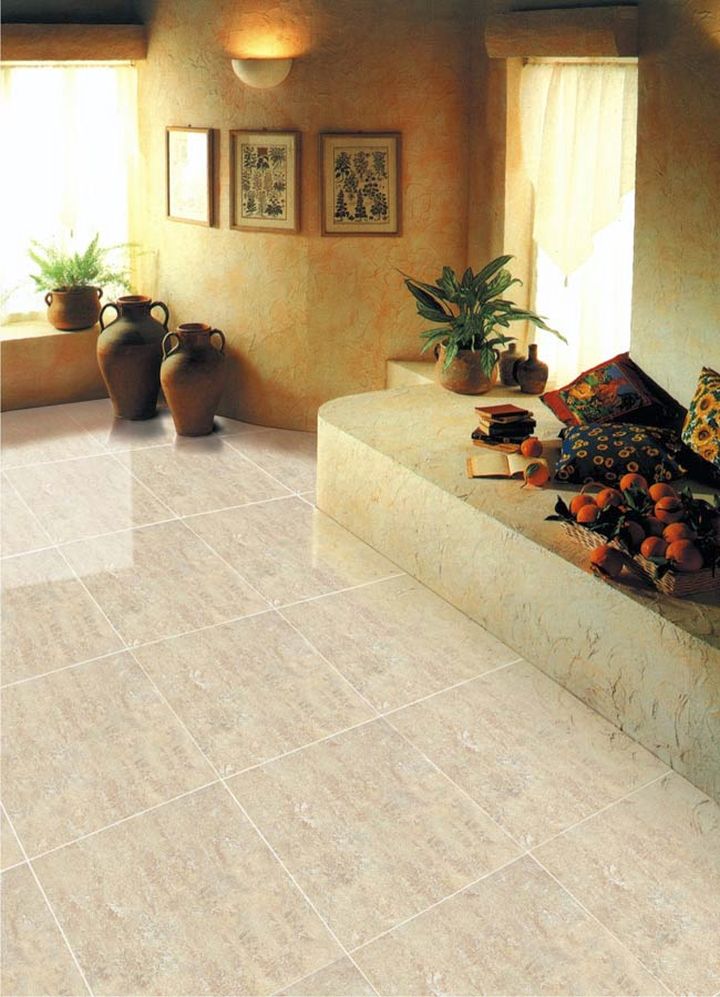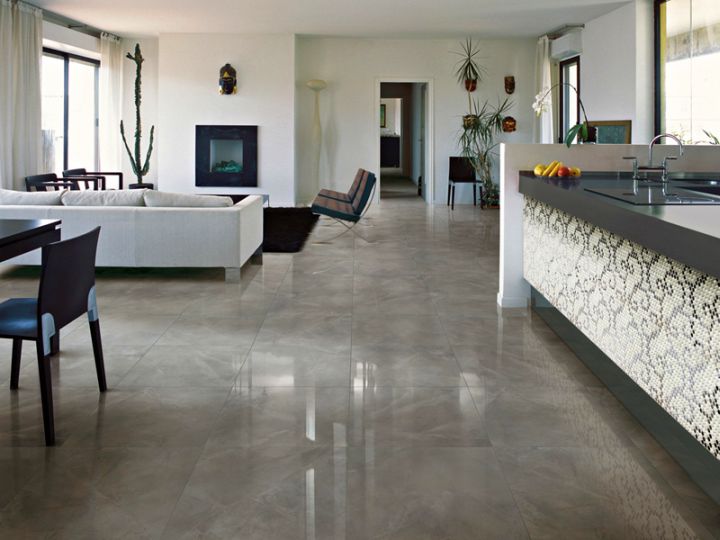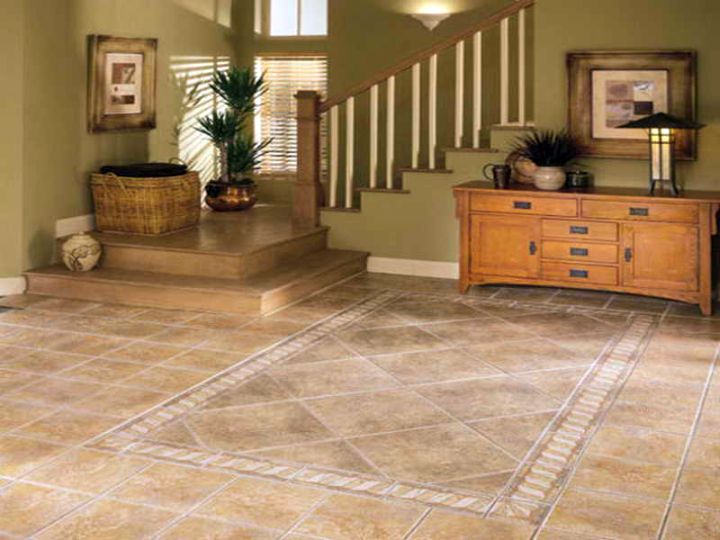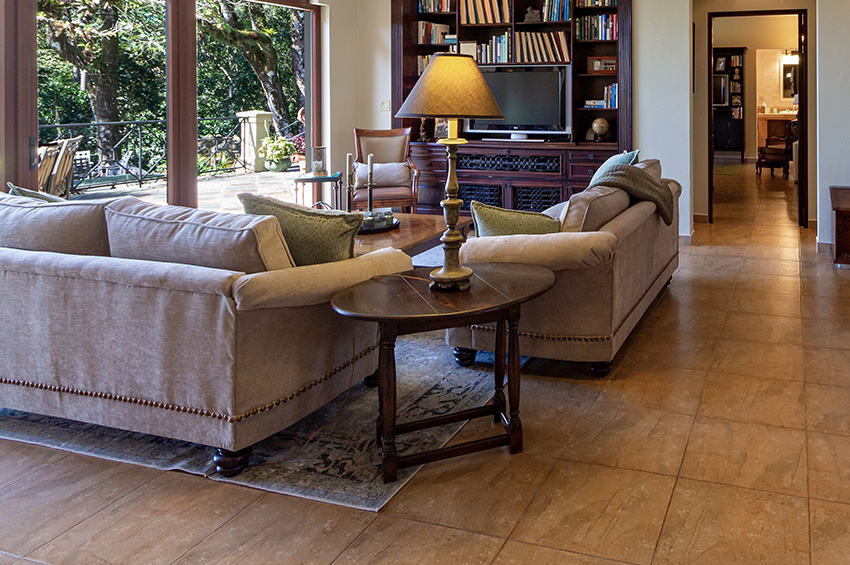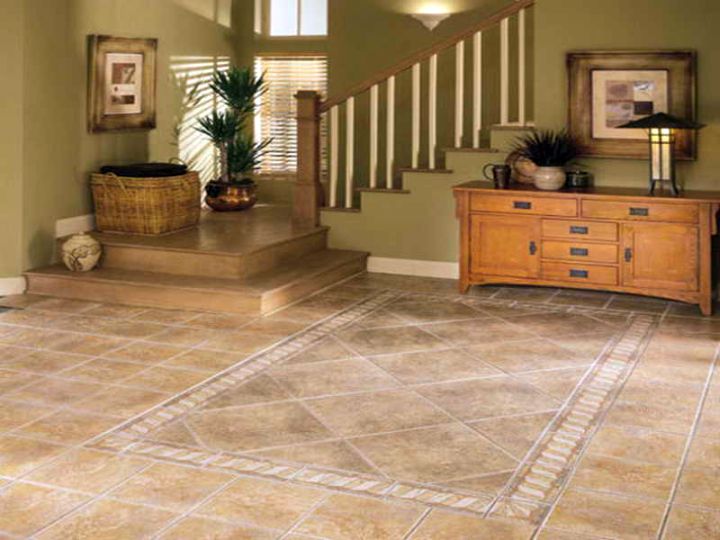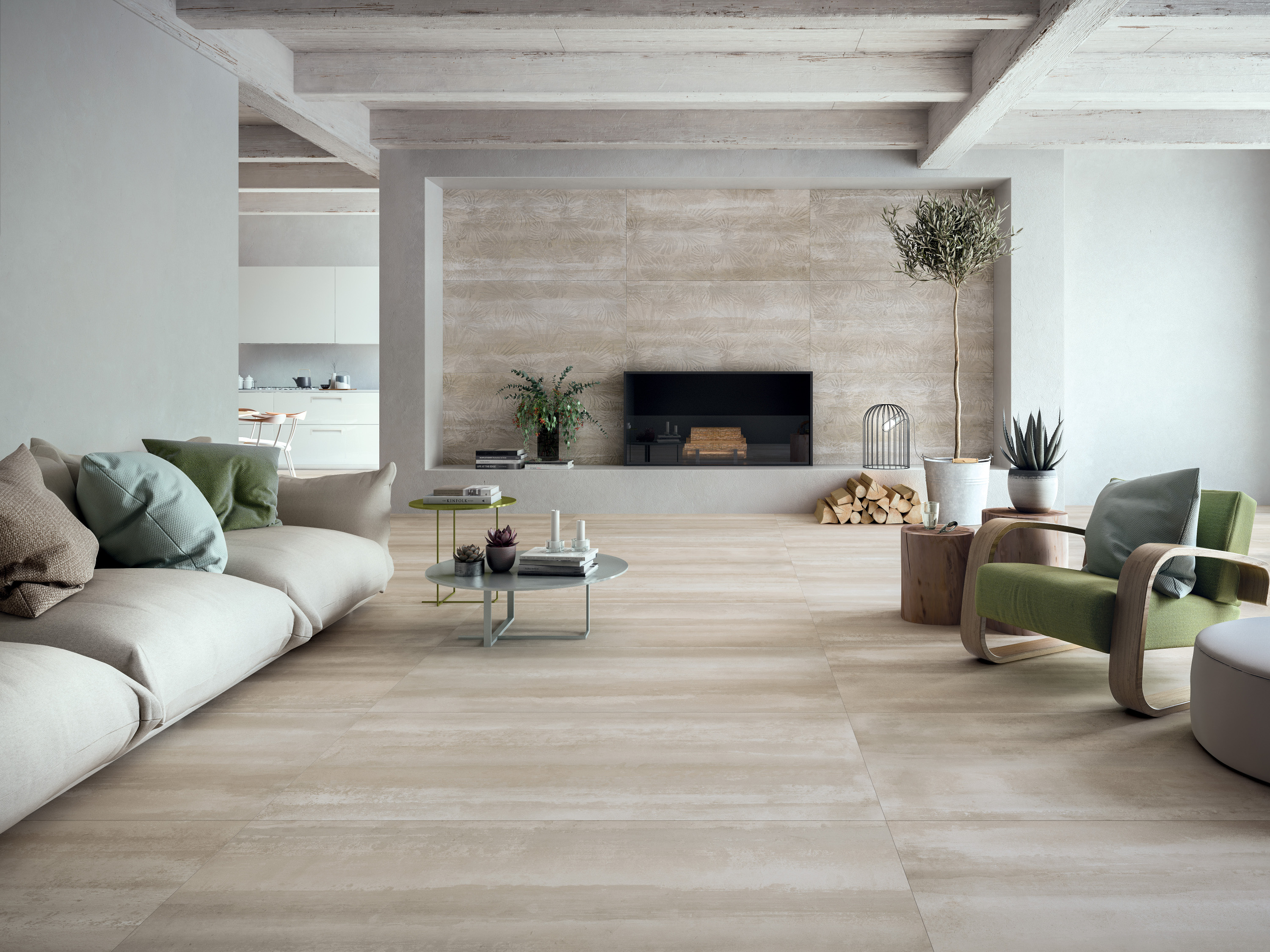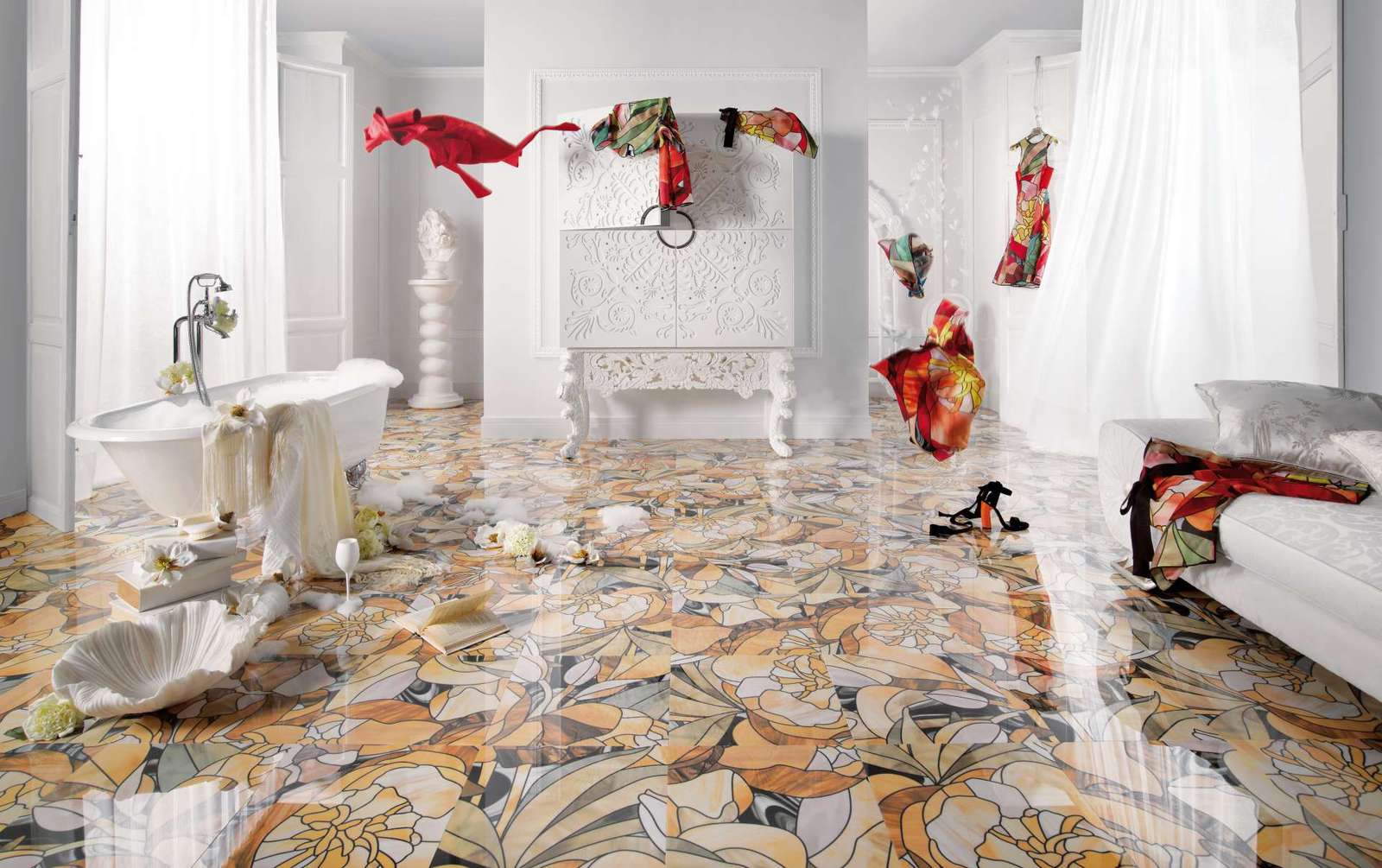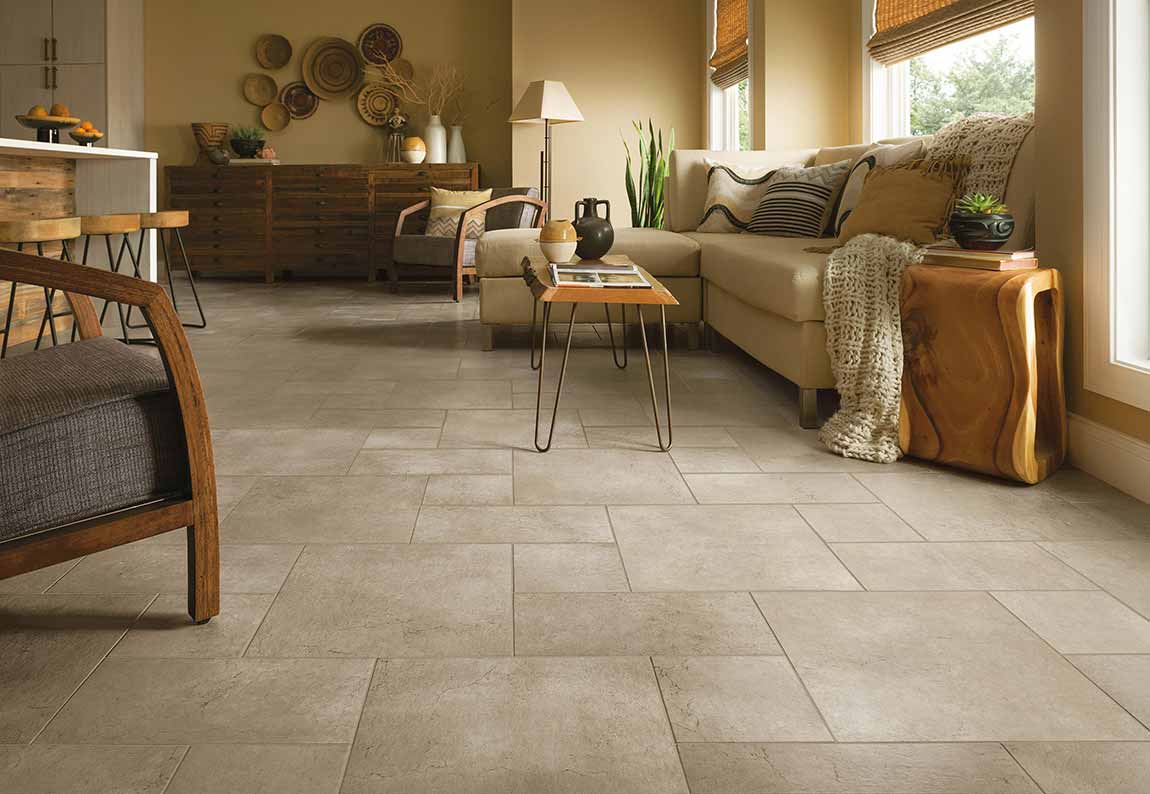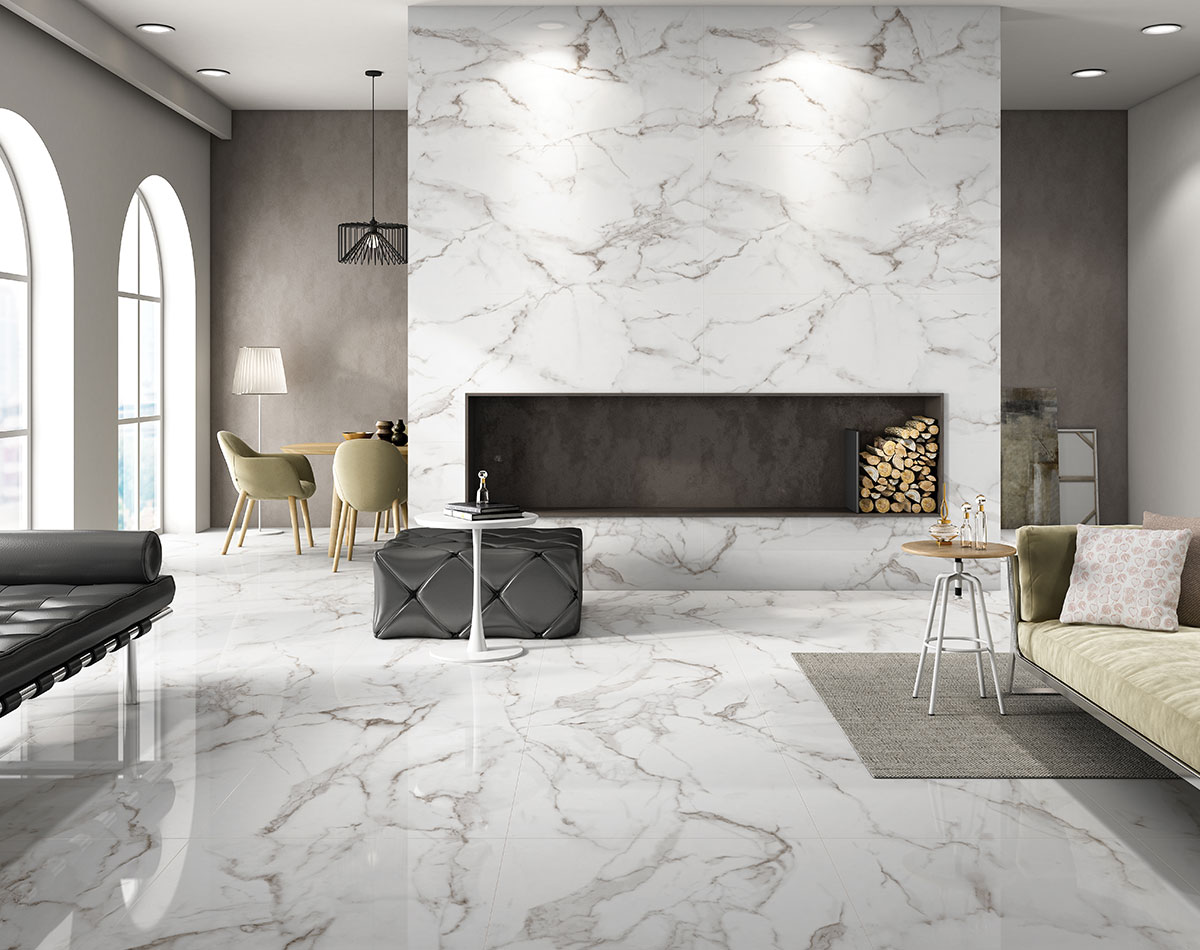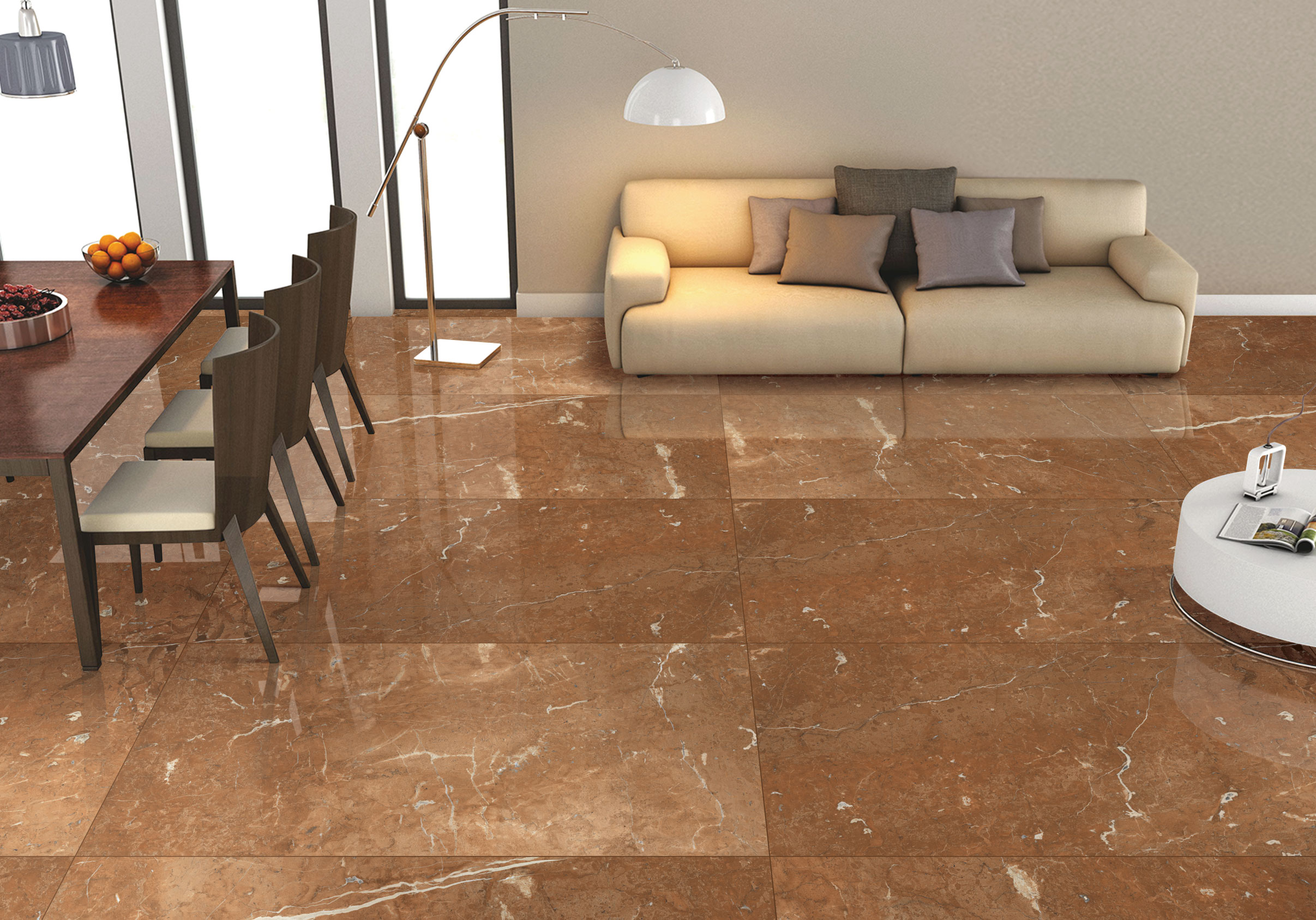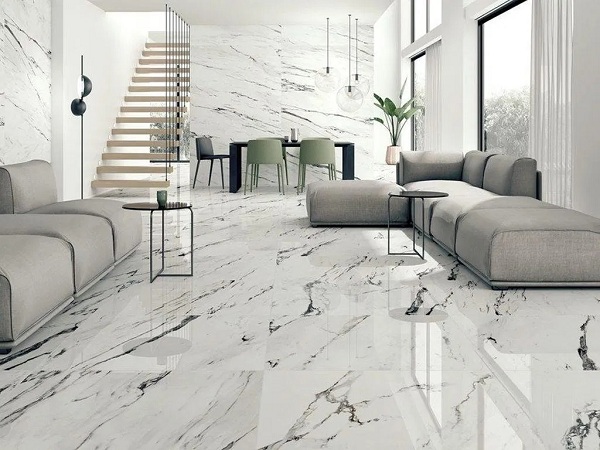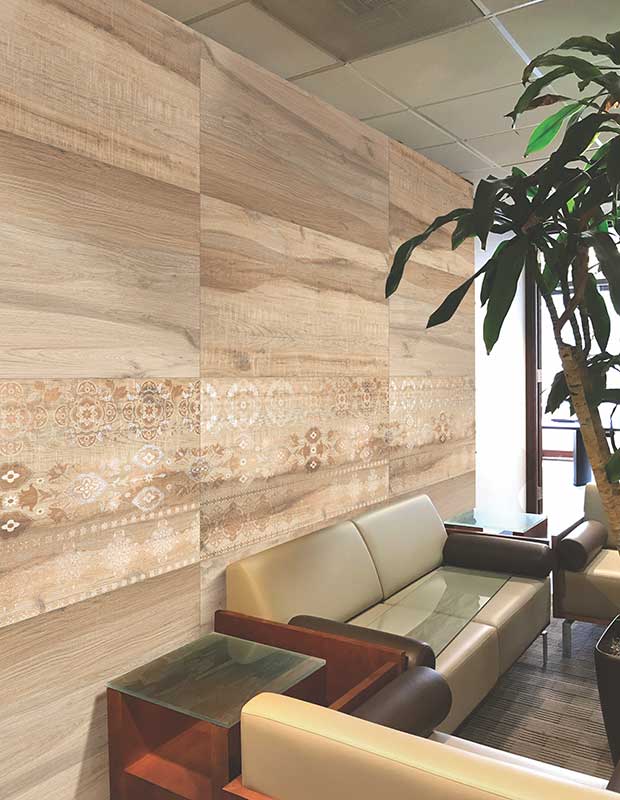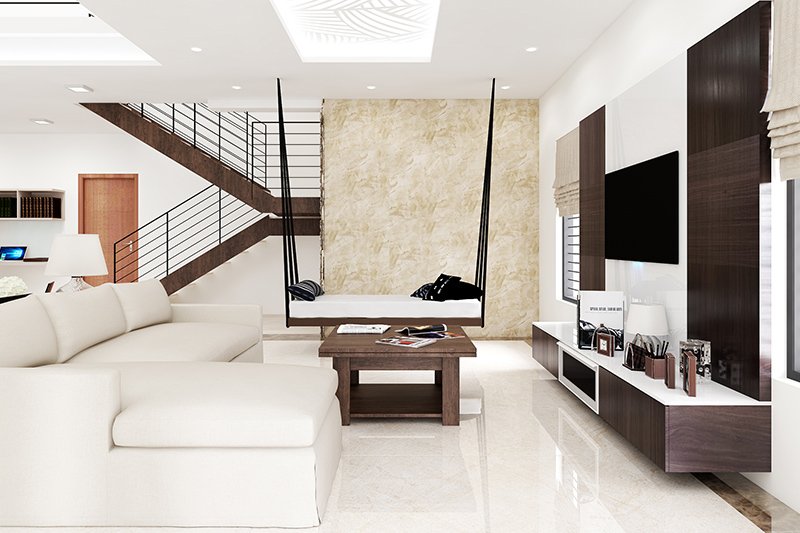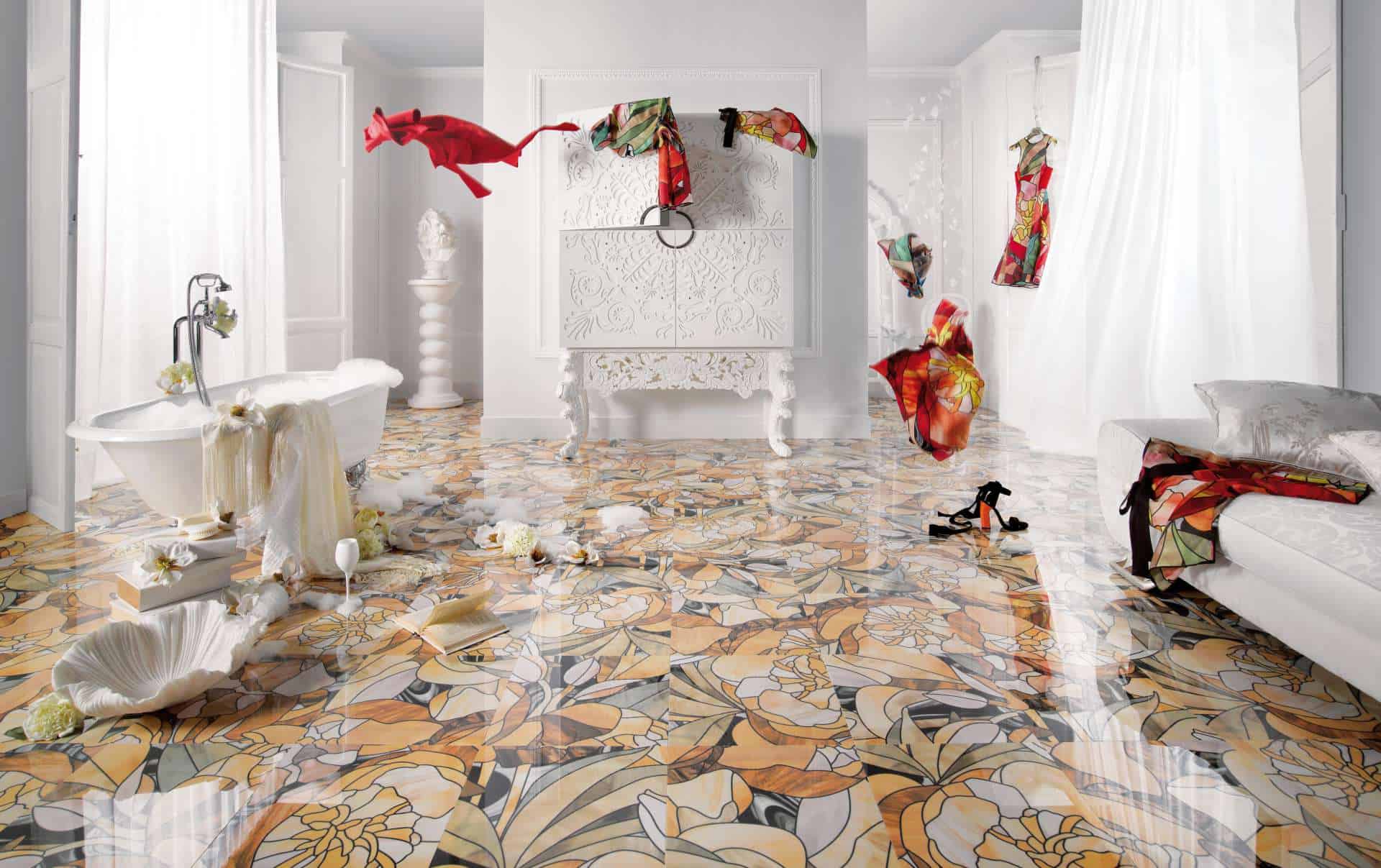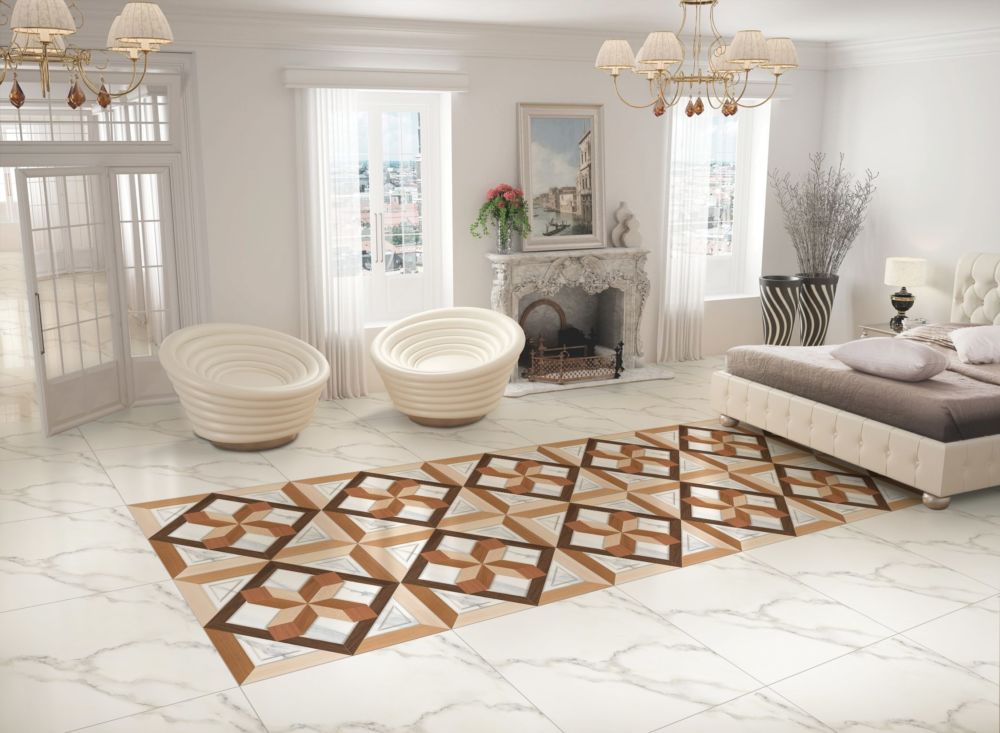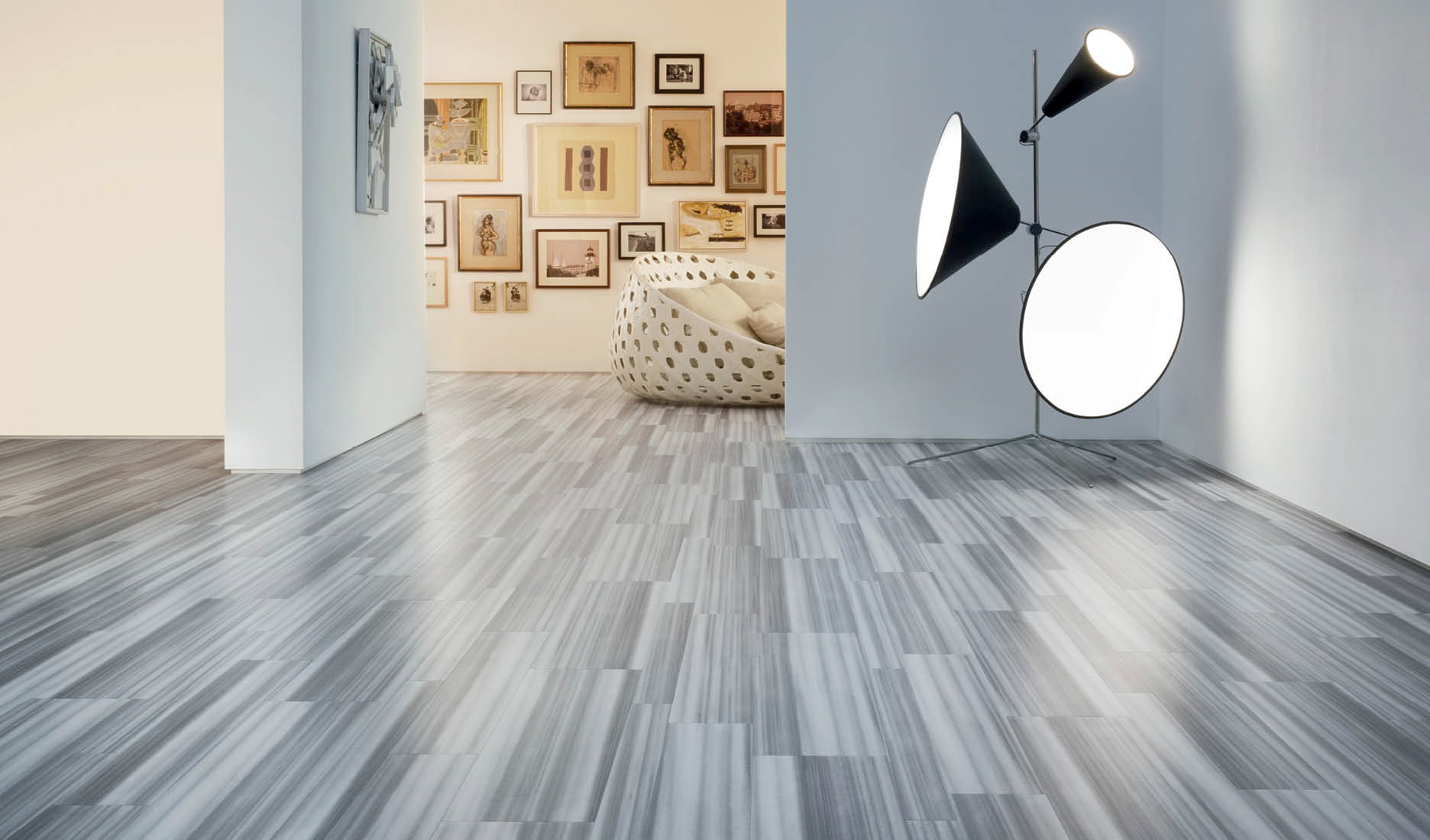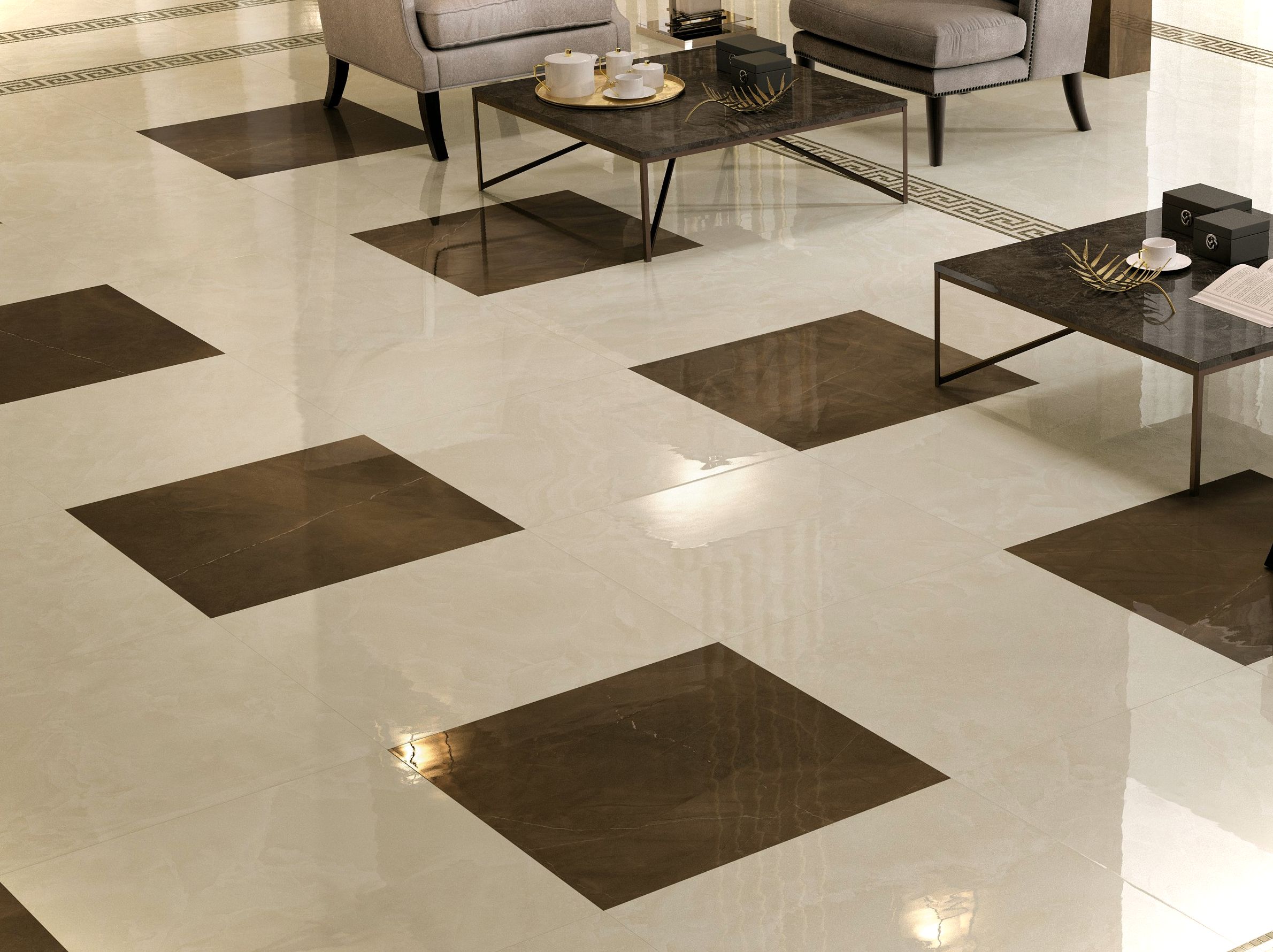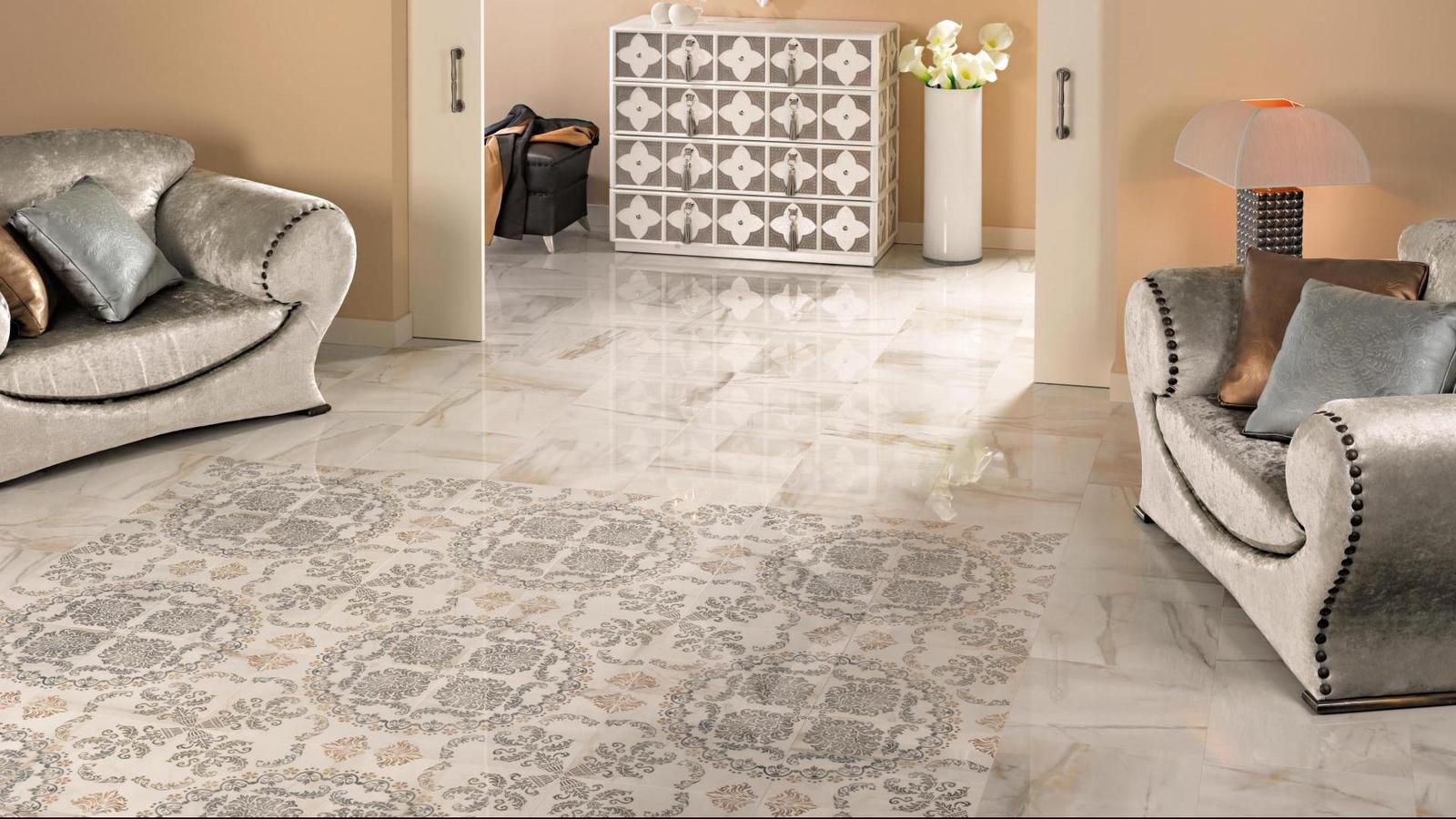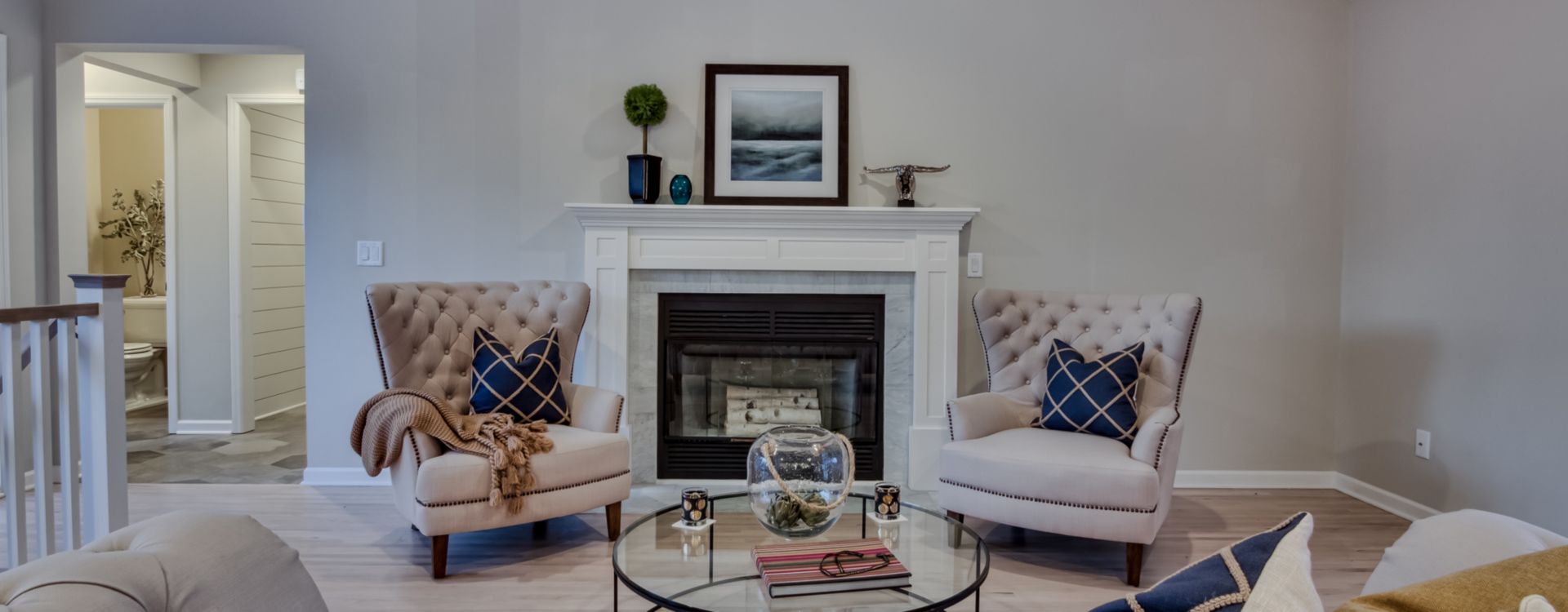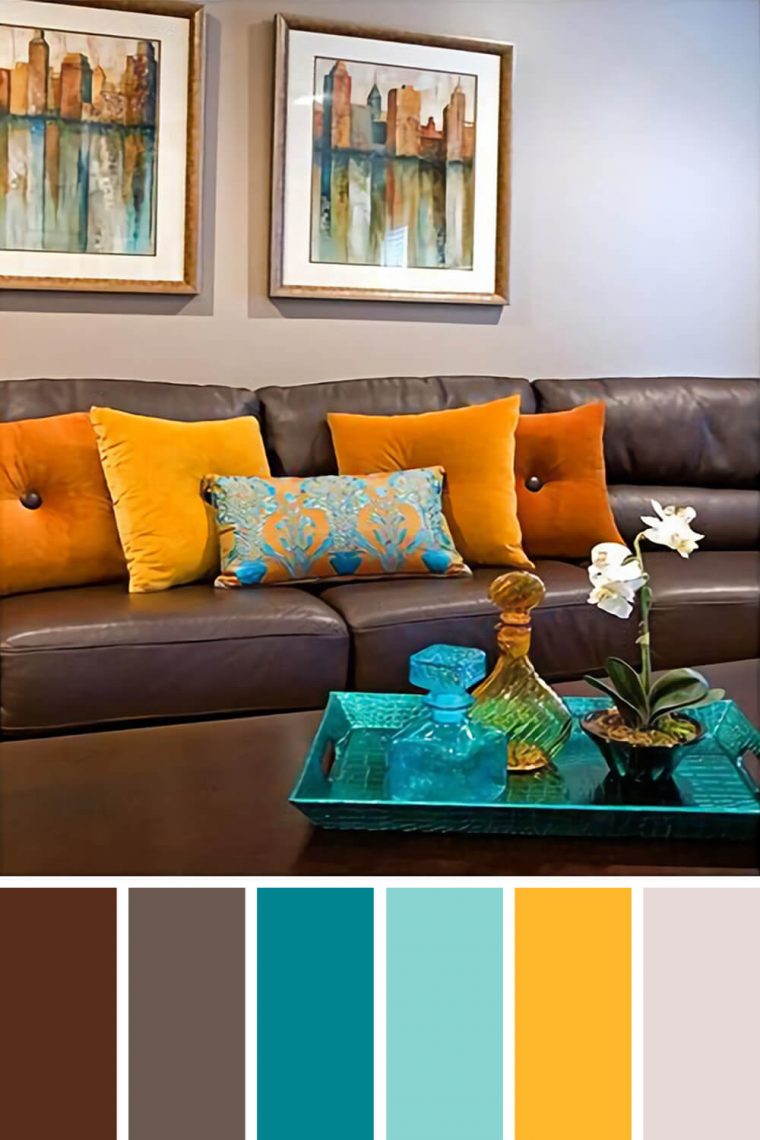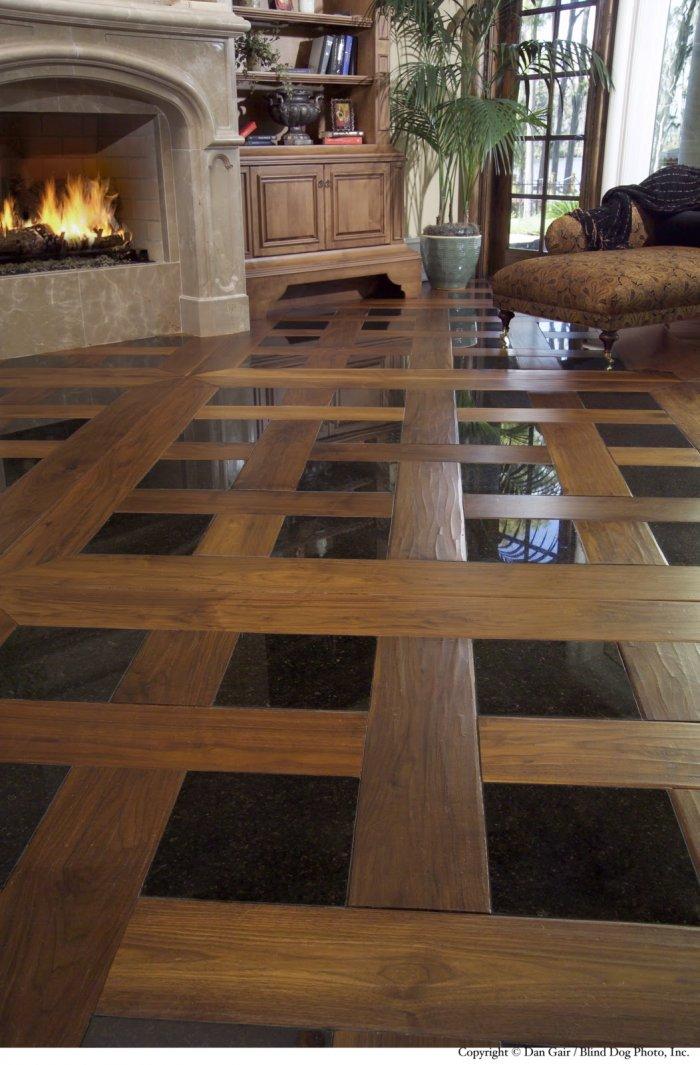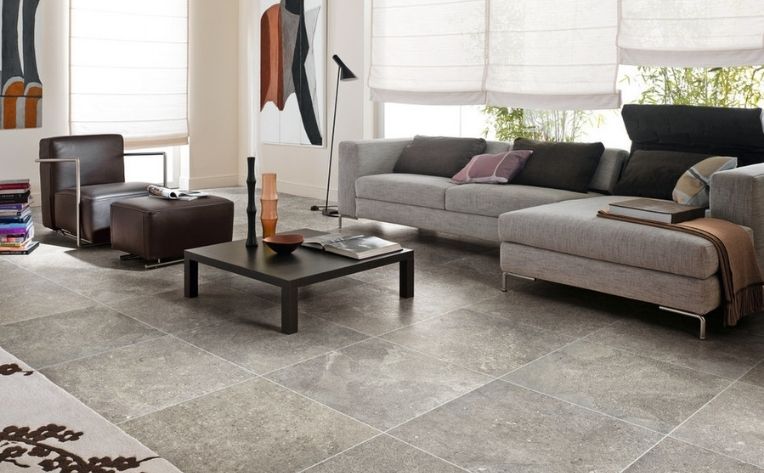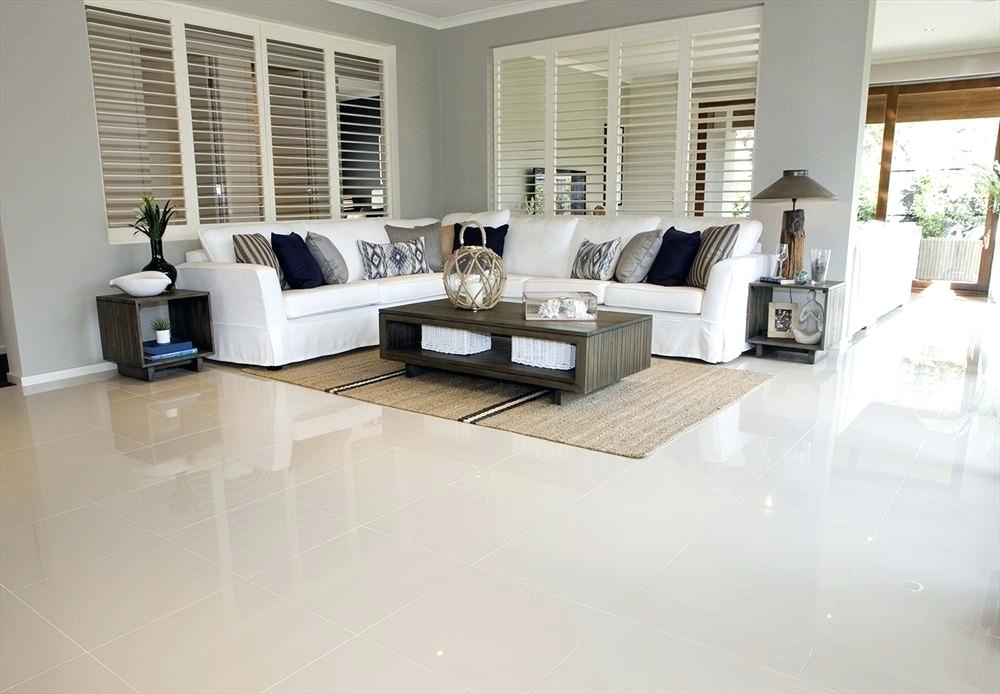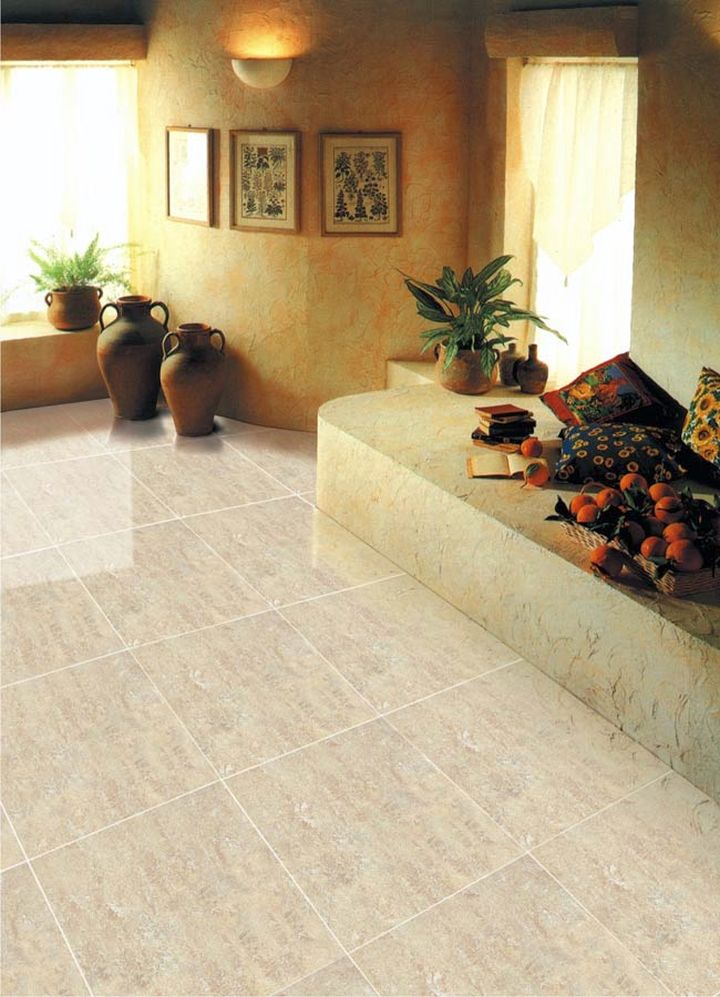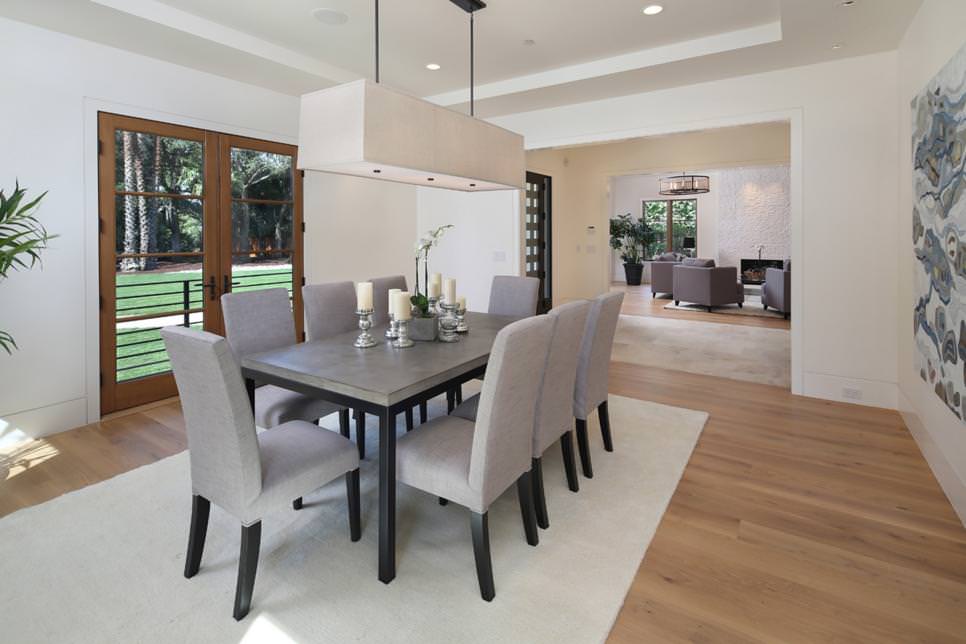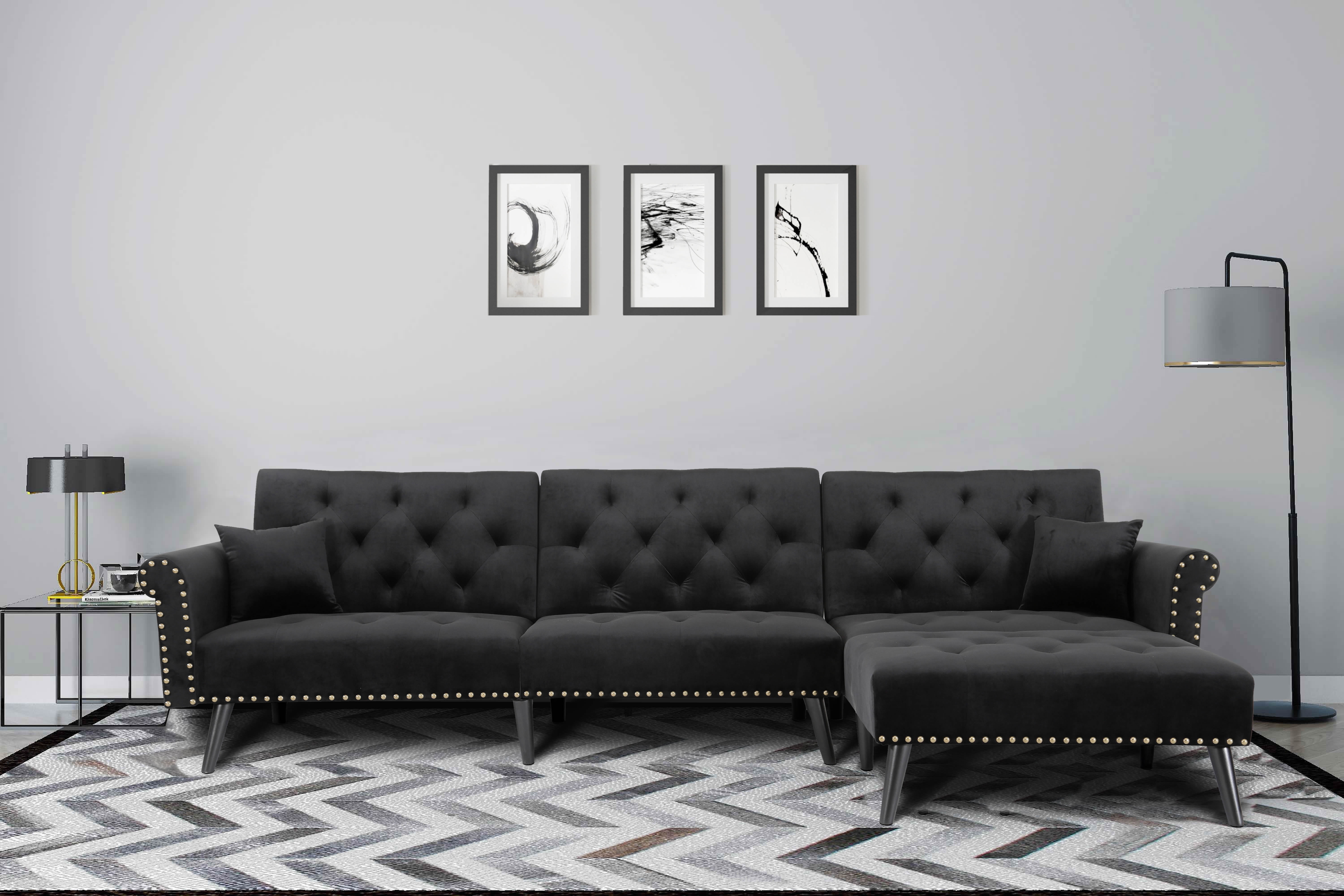When it comes to flooring options for your living room, tile is a versatile and durable choice that can enhance the overall look and feel of the space. Tile flooring offers a wide range of options in terms of design, color, and texture, making it a popular choice for many homeowners. One of the major benefits of using tile for your living room floor is its durability. With proper maintenance, tile can last for decades without showing signs of wear and tear. This is especially important for high-traffic areas like the living room, where there is constant foot traffic and potential for spills and messes. There are also various types of tiles that can be used in a living room, such as ceramic, porcelain, and natural stone. Each type has its own unique qualities and characteristics, so it's important to choose the right type of tile for your specific needs and preferences. 1. Tile Flooring in Living Room
When it comes to living room tile ideas, the options are endless. You can choose from a variety of patterns, colors, and textures to create a unique and personalized look for your living room. For a modern and sleek look, consider using large format tiles in a neutral color. This can create a clean and seamless look that helps to make the room feel more spacious. If you want to add some warmth and character to your living room, consider using mosaic tiles in different colors and patterns. These can be used as an accent or as a full floor option, adding a touch of personality and charm to the space. For a more natural and organic feel, consider using stone tiles in earthy tones. These can add a rustic and cozy element to your living room, and they also provide a durable and long-lasting flooring option. 2. Living Room Tile Ideas
Choosing the best tiles for your living room will depend on your personal style and the overall aesthetic you want to achieve. However, there are a few top choices that are popular among homeowners: - Ceramic tiles are a versatile and budget-friendly option that come in a variety of colors and patterns. They are also relatively easy to install and maintain. - Porcelain tiles are a more durable option than ceramic and are known for their water and stain-resistant properties. They are also available in a range of colors and styles. - Natural stone tiles offer a unique and luxurious look for your living room. They are durable and add a touch of sophistication to the space, but they can be more expensive and require more maintenance. 3. Best Tiles for Living Room
The design of your living room tiles can greatly impact the overall look and atmosphere of the space. One popular design choice is a herringbone pattern, which adds a sense of movement and sophistication to the room. You can also play with different tile sizes and shapes to create a unique and eye-catching design. For example, using large rectangular tiles in a vertical orientation can make the room feel taller and more spacious. In addition, mixing different tiles can add visual interest and depth to your living room. Consider using different colors or patterns for a statement area, such as around the fireplace or in the center of the room. 4. Living Room Tile Design
When choosing living room floor tiles, it's important to consider the function of the space. If you have a busy household with pets and children, you may want to opt for slip-resistant tiles that are durable and easy to clean. If your living room also serves as a dining area, consider using tiles that are resistant to scratches and stains. This will ensure that your floors stay looking beautiful even with frequent use. You can also use different types of tiles for different areas of the living room, such as using softer and more comfortable tiles in the seating area and more durable tiles in high-traffic areas. 5. Living Room Floor Tiles
Adding tile patterns to your living room floor can instantly elevate the design of the space. There are countless options to choose from, depending on your personal style and the overall look you want to achieve. A popular pattern is the checkerboard style, which alternates between two different colored tiles to create a classic and timeless look. You can also use patterns to create a focal point in the room, such as a geometric design or a bold statement area. Another fun option is a mix and match pattern, where you can use a variety of different tiles to create a unique and eclectic look. This is a great way to showcase your personality and add a touch of whimsy to the living room. 6. Tile Patterns for Living Room
The installation of living room tiles is an important aspect to consider when choosing the right flooring option for your space. While some types of tiles, such as ceramic, can be relatively easy to install yourself, others may require professional help. It's important to follow the manufacturer's instructions when installing tiles, as each type may have different requirements. This will ensure that your tiles are properly installed and will last for years to come. If you're not confident in your DIY skills, it's best to hire a professional to install the tiles for you. This will ensure a proper and high-quality installation, saving you time and potential headaches in the long run. 7. Living Room Tile Installation
As with any design element, tile trends are constantly evolving and changing. Some popular trends for living room tiles include: - Large format tiles in neutral colors, creating a seamless and modern look. - Terracotta tiles for a warm and rustic feel. - Wood-look tiles for a natural and cozy vibe. - Geometric patterns for a bold and statement-making design. Ultimately, it's important to choose a tile that speaks to your personal style and complements the overall design of your living room. 8. Living Room Tile Trends
The color of your living room tiles can greatly impact the look and feel of the space. Lighter colors, such as whites and creams, can help to make the room feel brighter and more spacious. They are also versatile and can complement a variety of design styles. On the other hand, darker colored tiles, such as grays and blacks, can add a sense of drama and sophistication to the living room. They can also help to hide dirt and stains, making them a practical choice for high-traffic areas. If you want to add a pop of color to your living room, consider using bold and vibrant colored tiles as an accent or in a statement area. This can add a fun and playful element to the room. 9. Living Room Tile Colors
Proper maintenance is key to keeping your living room tiles looking beautiful and in good condition. Regularly sweeping or vacuuming the floors can help to remove any dirt and debris that can cause scratches or damage. You should also wipe up spills immediately to prevent any staining or damage to the tiles. Using a mild cleaning solution and a damp mop is the best way to clean most types of tiles. Some types of tiles may also require periodic sealing or polishing, so it's important to follow the manufacturer's recommendations for your specific type of tile. 10. Living Room Tile Maintenance
The Benefits of Using Tile in the Living Room
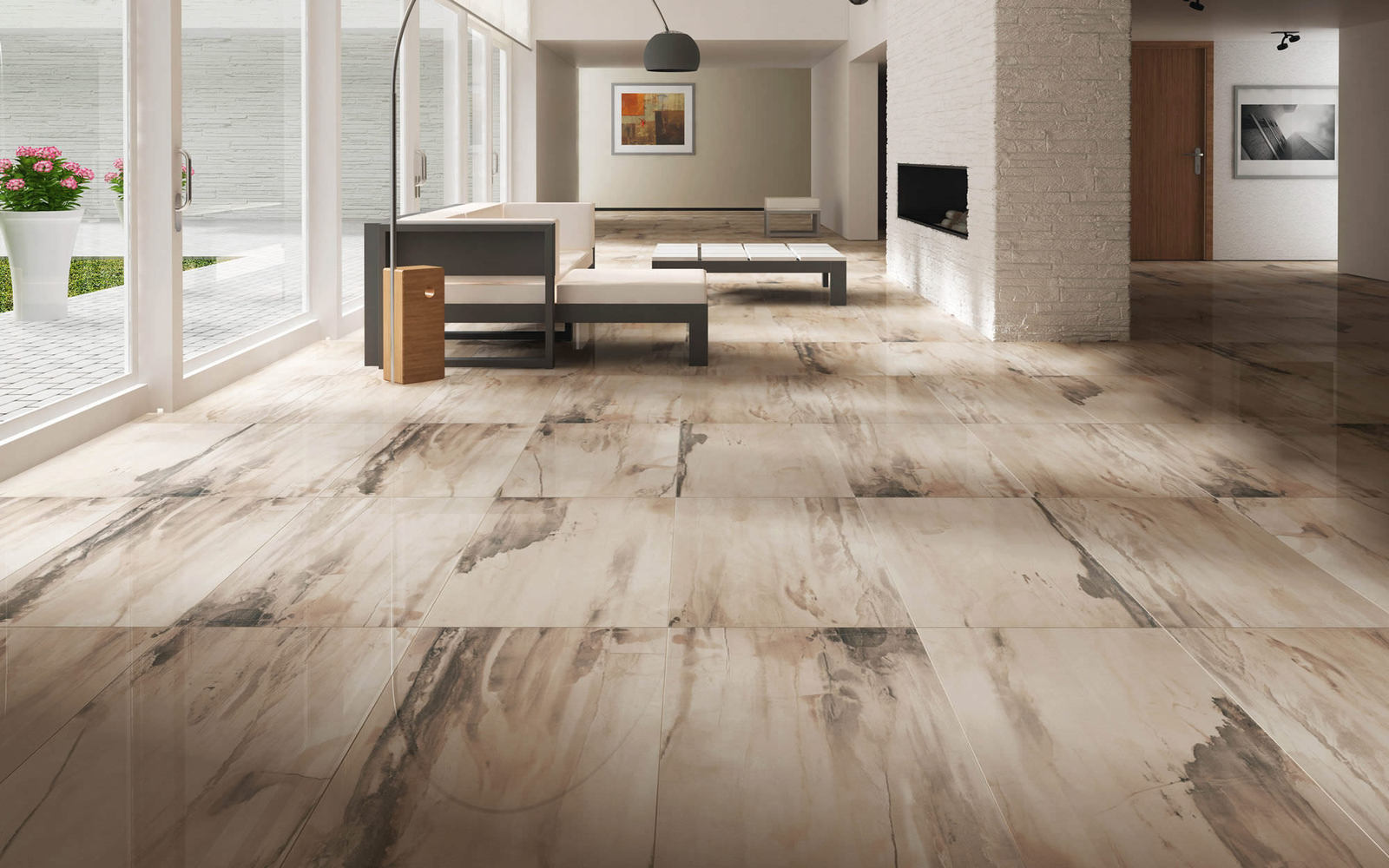
Transform Your Living Room with Tile
 When it comes to designing your home, the living room is often the first place we think of. It's where we entertain guests, spend time with our families, and relax after a long day. That's why it's important to have a living room that not only looks beautiful, but is also functional and durable. One way to achieve this is by using
tile
flooring in your living room.
When it comes to designing your home, the living room is often the first place we think of. It's where we entertain guests, spend time with our families, and relax after a long day. That's why it's important to have a living room that not only looks beautiful, but is also functional and durable. One way to achieve this is by using
tile
flooring in your living room.
Durable and Low Maintenance
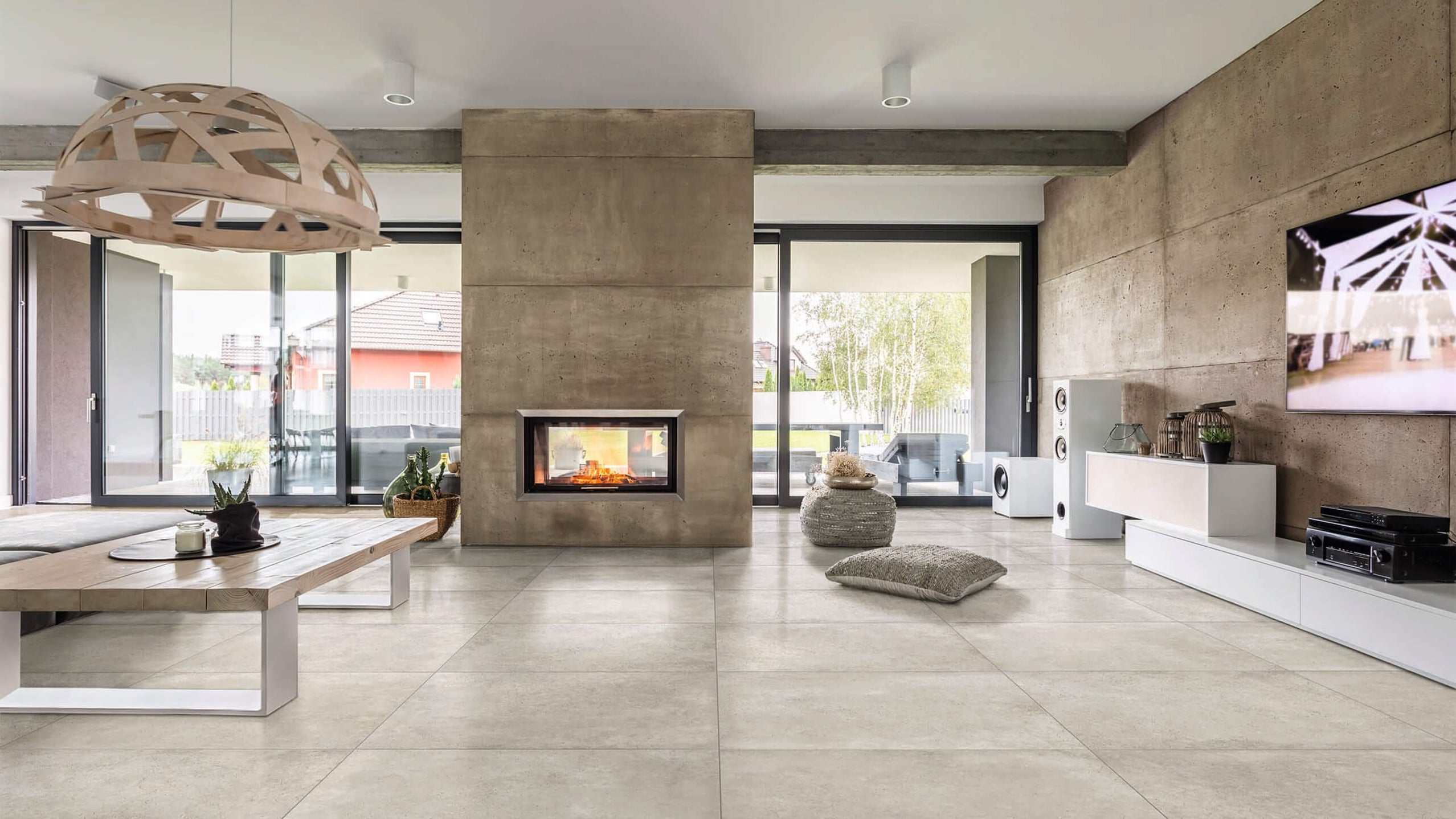 Tile
is known for its durability and low maintenance, making it a popular choice for high-traffic areas like the living room. Unlike carpet or hardwood,
tile
is resistant to stains, scratches, and wear and tear. This means you won't have to worry about constantly cleaning or replacing your flooring, saving you time and money in the long run.
Tile
is known for its durability and low maintenance, making it a popular choice for high-traffic areas like the living room. Unlike carpet or hardwood,
tile
is resistant to stains, scratches, and wear and tear. This means you won't have to worry about constantly cleaning or replacing your flooring, saving you time and money in the long run.
Endless Design Possibilities
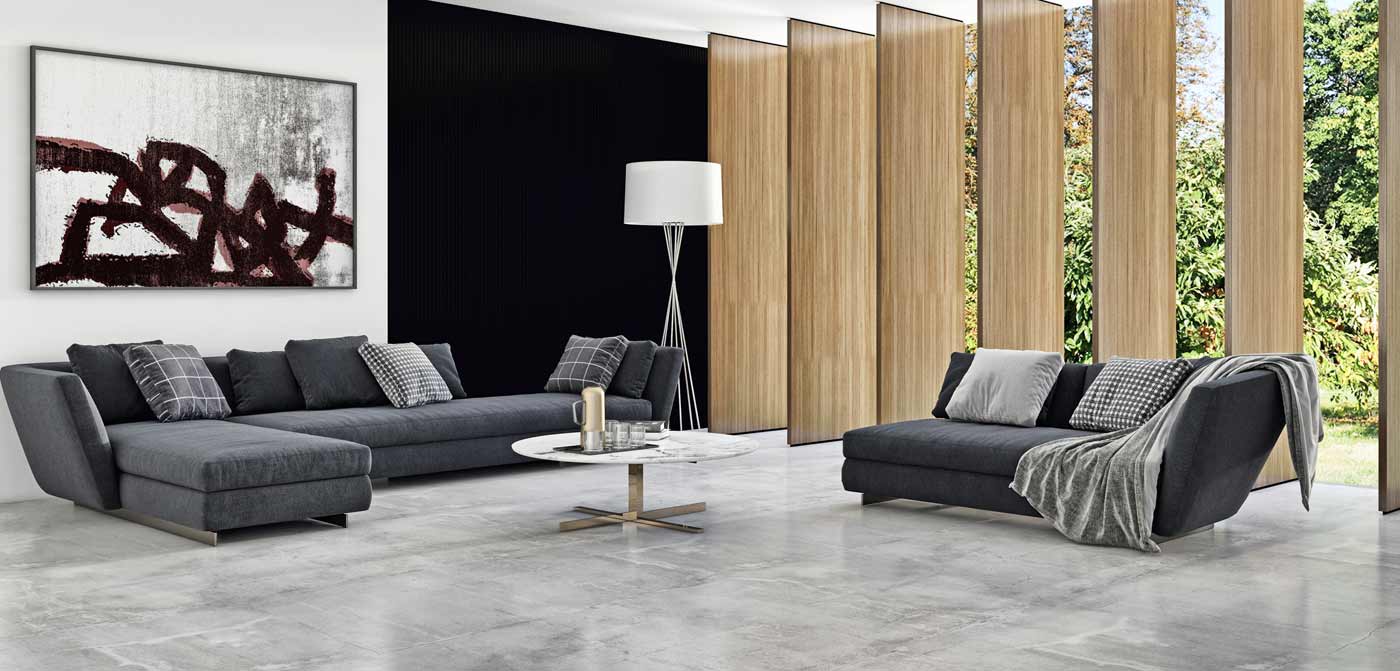 Another major benefit of using
tile
in the living room is the endless design possibilities it offers. With a wide variety of colors, patterns, and textures to choose from, you can easily create a unique and personalized look for your space.
Tile
can also be arranged in different layouts, giving you the freedom to create a design that suits your style and preferences.
Another major benefit of using
tile
in the living room is the endless design possibilities it offers. With a wide variety of colors, patterns, and textures to choose from, you can easily create a unique and personalized look for your space.
Tile
can also be arranged in different layouts, giving you the freedom to create a design that suits your style and preferences.
Easy to Maintain
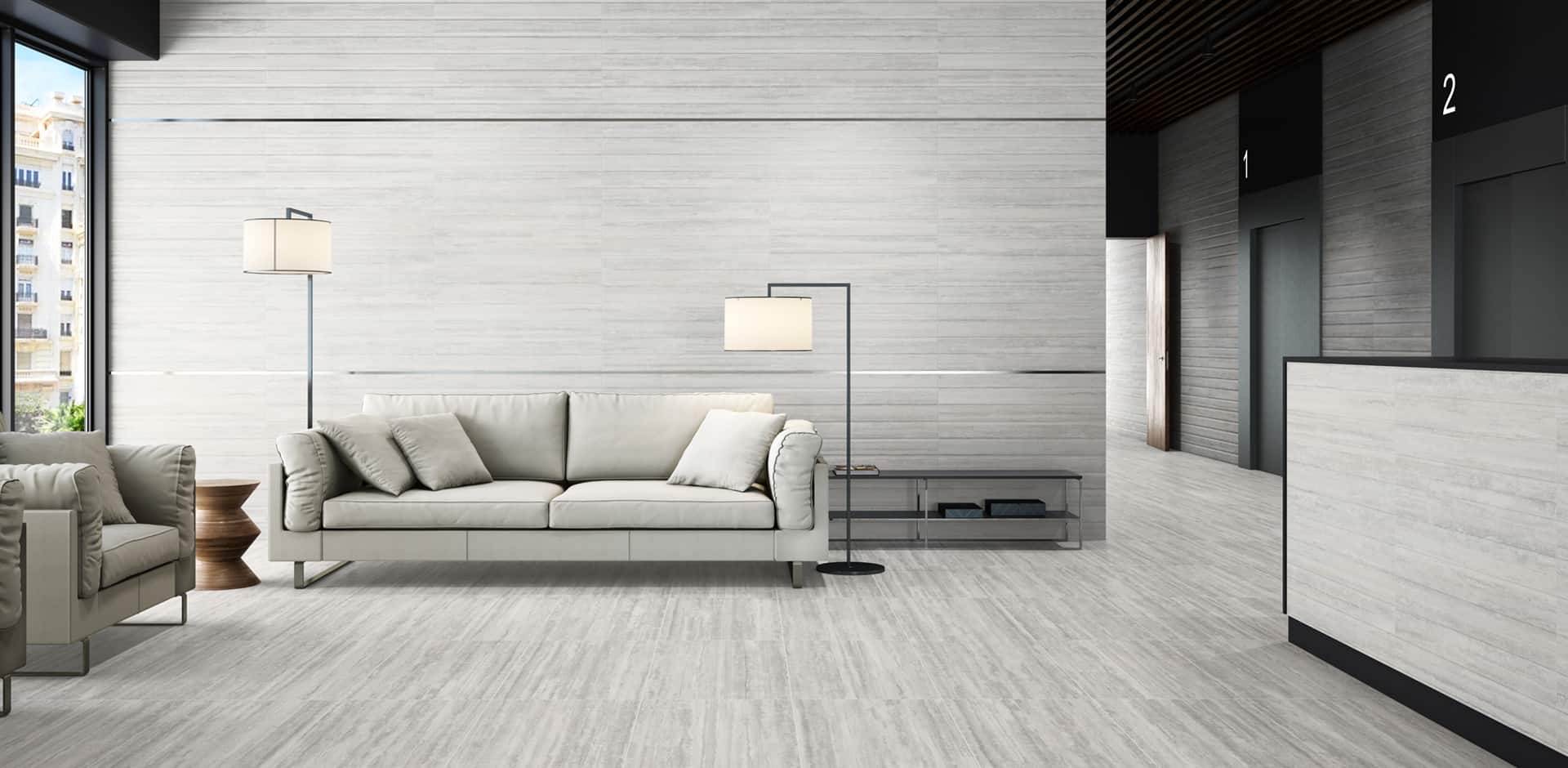 Maintaining
tile
in the living room is a breeze. Regular sweeping and mopping is all it takes to keep your floors looking clean and shiny. If any spills occur, simply wipe them up with a damp cloth.
Tile
is also resistant to water, making it a great choice for homes with young children or pets.
Maintaining
tile
in the living room is a breeze. Regular sweeping and mopping is all it takes to keep your floors looking clean and shiny. If any spills occur, simply wipe them up with a damp cloth.
Tile
is also resistant to water, making it a great choice for homes with young children or pets.
Budget-Friendly
/21-mohawk_industries_13898_29-56a2fca95f9b58b7d0cffee1.jpg) Using
tile
in the living room is not only a stylish choice, but it's also budget-friendly. Compared to other flooring options,
tile
is relatively inexpensive and can last for many years with proper maintenance. This makes it a cost-effective choice for homeowners who want to upgrade their living room without breaking the bank.
Using
tile
in the living room is not only a stylish choice, but it's also budget-friendly. Compared to other flooring options,
tile
is relatively inexpensive and can last for many years with proper maintenance. This makes it a cost-effective choice for homeowners who want to upgrade their living room without breaking the bank.
Conclusion
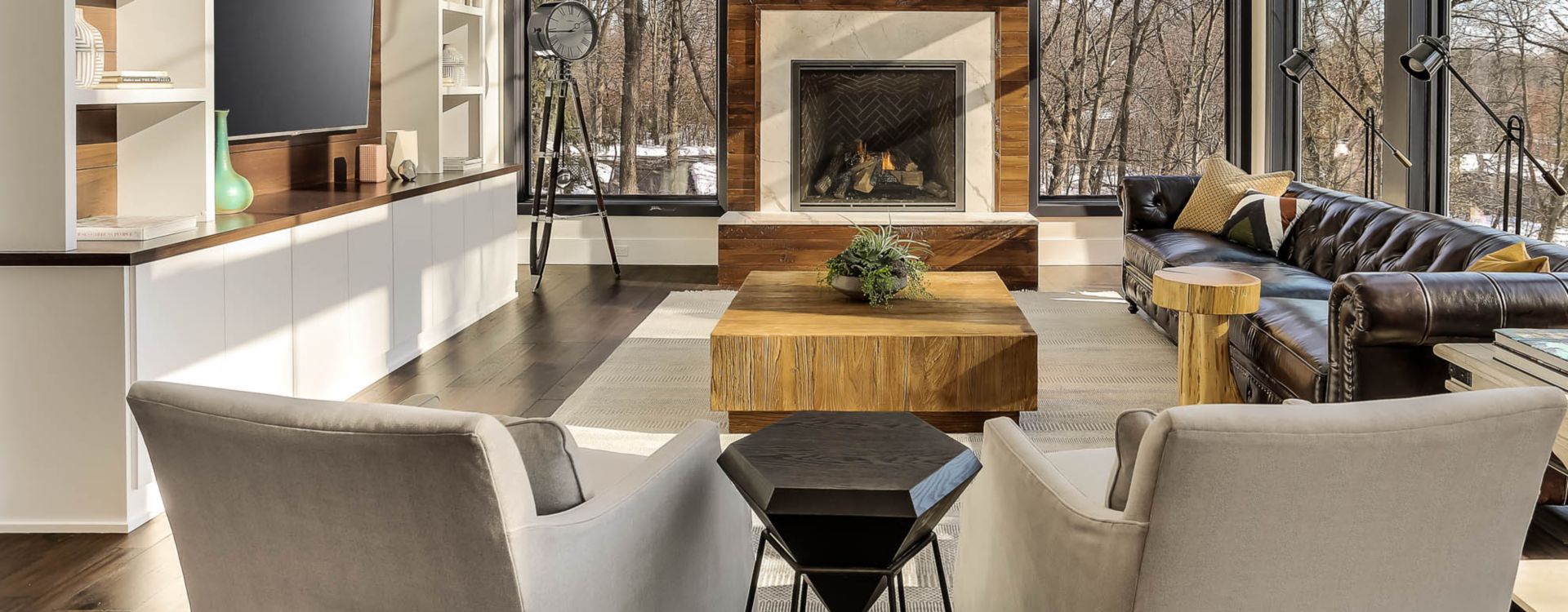 In conclusion, incorporating
tile
into your living room design offers numerous benefits. From its durability and low maintenance to its versatility and budget-friendly nature,
tile
is a practical and stylish choice for any home. So why settle for boring and high-maintenance flooring when you can transform your living room with beautiful and durable
tile
? Make the switch today and see the difference it can make in your space.
In conclusion, incorporating
tile
into your living room design offers numerous benefits. From its durability and low maintenance to its versatility and budget-friendly nature,
tile
is a practical and stylish choice for any home. So why settle for boring and high-maintenance flooring when you can transform your living room with beautiful and durable
tile
? Make the switch today and see the difference it can make in your space.
